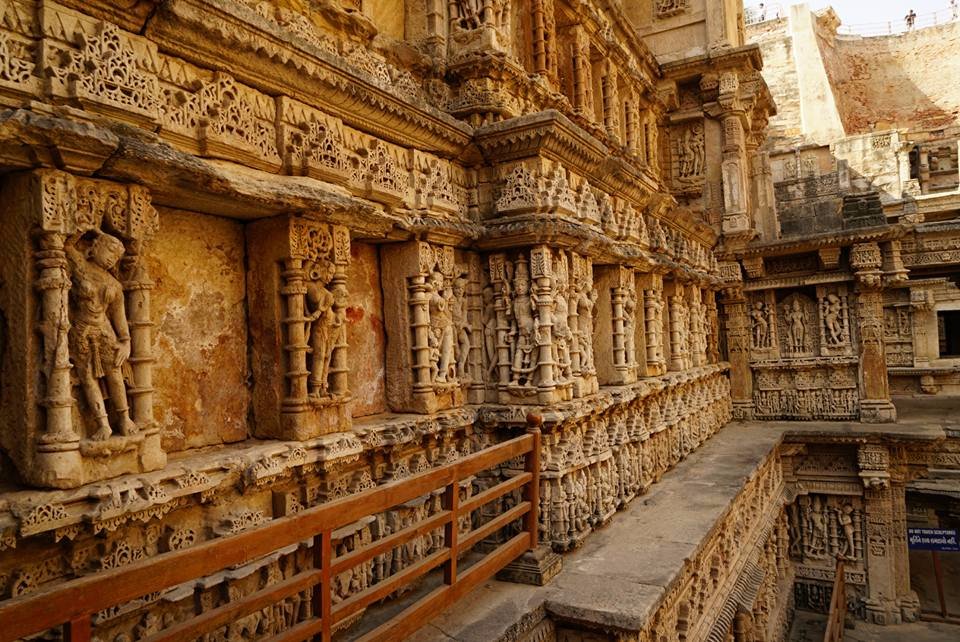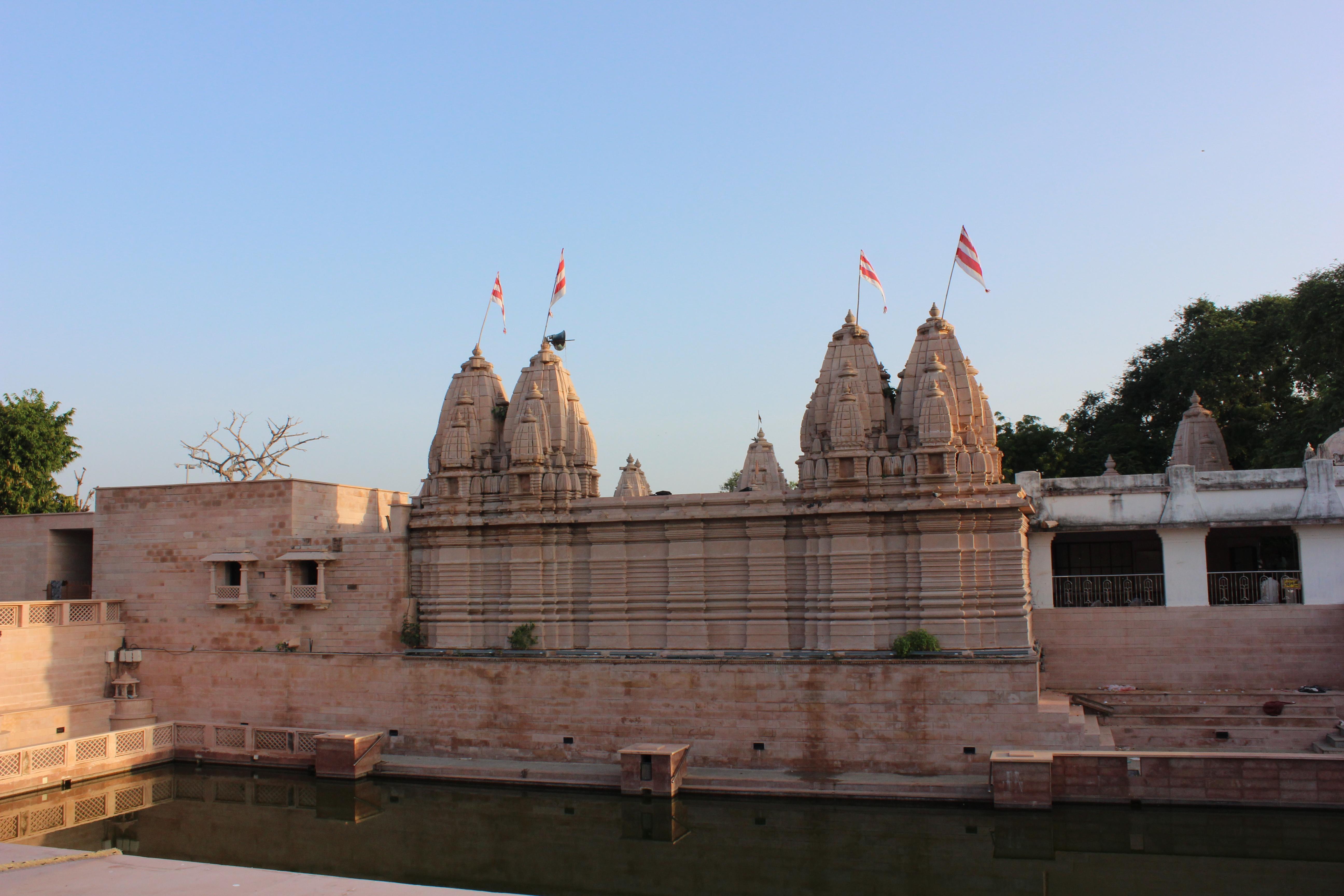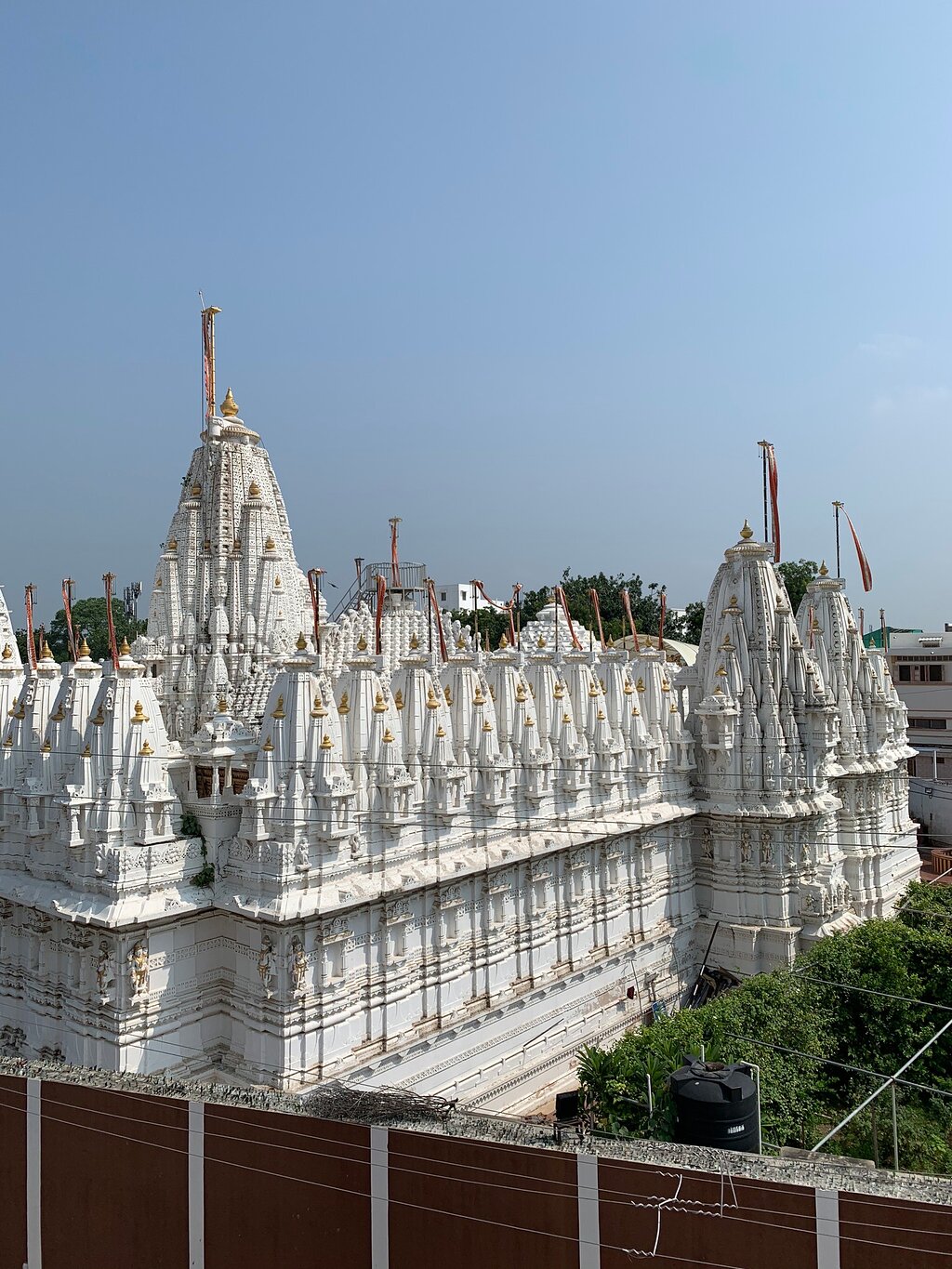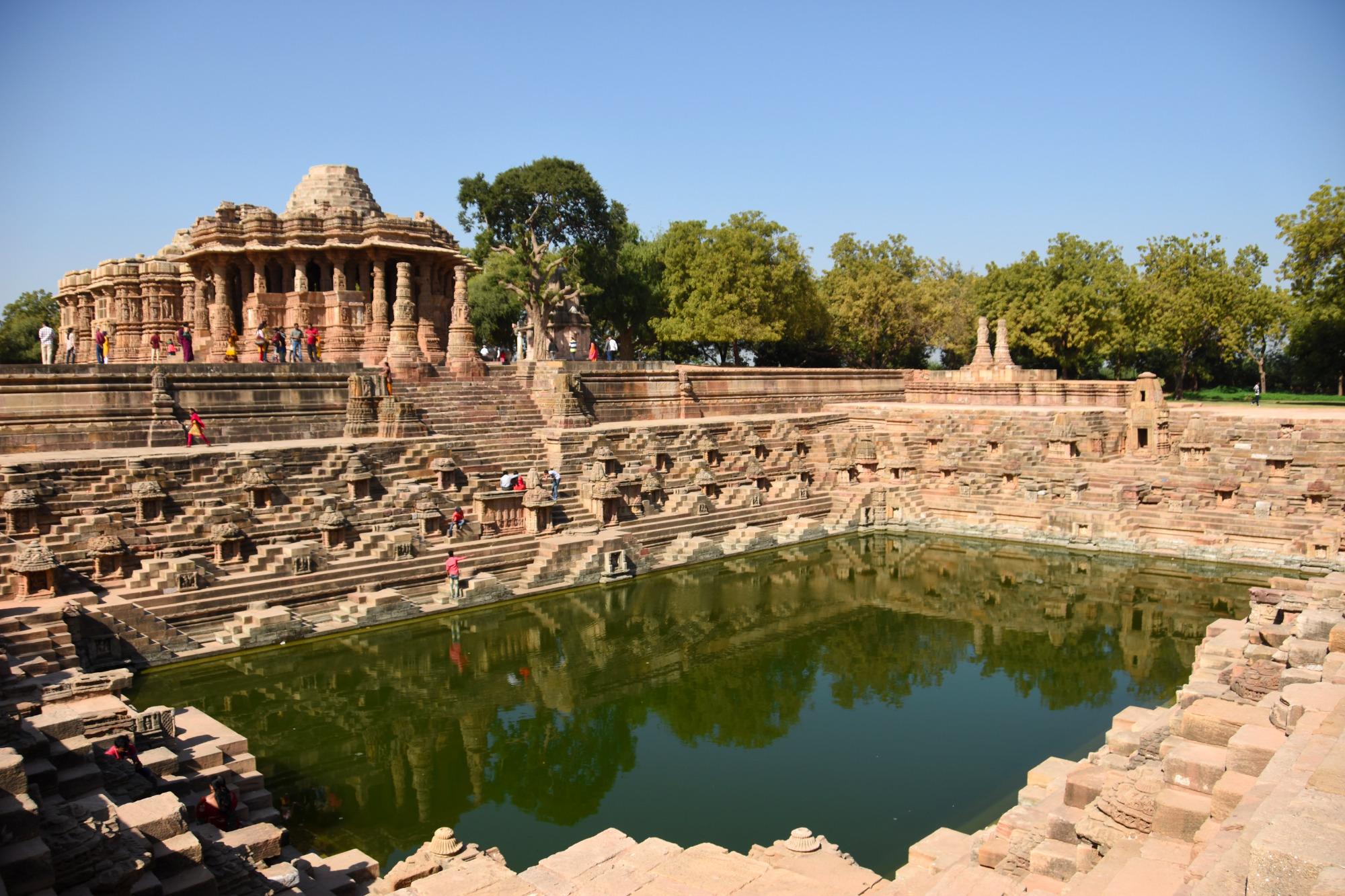Patan Patola Heritage
Patan Patola Heritage is renowned for its exquisite Patola silk sarees, a traditional craft of Gujarat. This heritage site showcases the intricate process of creating Patola sarees, which are known for their vibrant colors and geometric patterns. The Patola weaving technique is a closely guarded family secret, passed down through generations, making it a unique cultural treasure.
Opening Hours
Open: 24 Hours
Close: Open all day
Closed on: Never
Entry Fees
Indian Visitors: ₹0
Foreign Visitors: ₹0
Children (Below 15 years): Free
How to Reach Patan Patola Heritage, Patan, Gujarat, India
- Nearest Airport:
- Nearest Railway Station:
- Nearest Bus Stop:
- Nearest Metro Station:
- Cab Availability:
Best time to visit Patan Patola Heritage, Patan, Gujarat, India
The ideal time to visit is during the following months:
Top Attractions Nearby Patan Patola Heritage, Patan, Gujarat, India

Rani ki Vav
Patan, Gujarat, India
Rani ki Vav, an intricately constructed stepwell, is a UNESCO World Heritage Site located in Patan, Gujarat. It is renowned for its remarkable architectural beauty, showcasing intricate carvings and sculptures that reflect the artistry of the Solanki period.

Sahastralinga Talav
Patan, Gujarat, India
Sahastralinga Talav is an ancient water reservoir located in Patan, Gujarat, known for its intricate architecture and historical significance. Built during the reign of the Chalukya dynasty, it showcases the advanced hydraulic engineering of the time.

Patan City Museum
Patan, Gujarat, India
The Patan City Museum is a treasure trove of history and culture, showcasing the rich heritage of Gujarat. Located in the heart of Patan, this museum offers a glimpse into the region's past through its extensive collection of artifacts, textiles, and manuscripts.

Khan Sarovar
Gujarat, India
Khan Sarovar is a serene and picturesque lake located in the heart of Gujarat, known for its tranquil waters and surrounding lush greenery. It serves as a perfect spot for picnics, leisurely walks, and bird watching, offering a peaceful escape from the hustle and bustle of city life.

Panchasara Parshwanath Jain Temple
Patan, Gujarat, India
The Panchasara Parshwanath Jain Temple is a magnificent Jain temple located in Patan, Gujarat, dedicated to Lord Parshwanath, the 23rd Tirthankara. This temple is renowned for its stunning architecture, intricate carvings, and serene ambiance, making it a significant pilgrimage site for Jains and a fascinating visit for tourists interested in religious and architectural heritage.

Hemachandracharya Jain Gnan Mandir
Patan, Gujarat, India
A serene and spiritual Jain temple dedicated to the renowned Jain scholar Acharya Hemachandra, known for its peaceful ambiance and architectural beauty.

Modhera Sun Temple
Modhera, Gujarat, India
The Modhera Sun Temple is an architectural marvel dedicated to the Sun God, Surya, located in the village of Modhera in Gujarat, India. Built in 1026-27 CE during the reign of Bhima I of the Chaulukya dynasty, this temple is a testament to the ancient Indian craftsmanship and the importance of the Sun God in Indian culture.
Related Itineraries
Travel Vlogs
Top Itineraries to Plan your visit of Patan Patola Heritage
Most Popular Hotels and Resorts Near Patan Patola Heritage
No hotels match your criteria.













